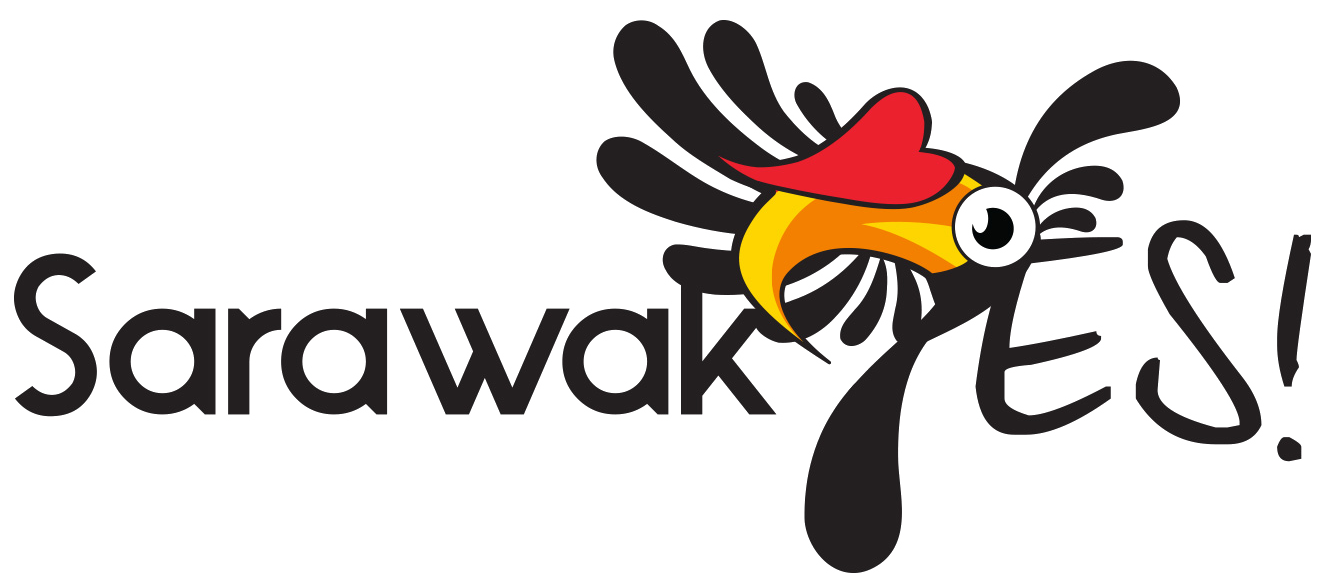Many fresh graduates in Sarawak struggle with job applications because employers require different documents, such as resumes, curriculum vitae (CVs), and cover letters.
These documents can easily be mistaken for one another, yet each serves a distinct purpose.
Knowing how to differentiate and format them for Applicant Tracking Systems (ATS) can significantly boost your chances of advancing in the hiring process.
What is a Resume?
A resume is a concise, tailored document designed to showcase the qualifications most relevant to a particular position.
Career experts often advise fresh graduates to keep it to a single page, featuring only the experiences and achievements that directly match the job requirements.
Unlike a CV, a resume is purposely short, as recruiters often spend only a few seconds reviewing each application during the initial screening.
What is a Curriculum Vitae (CV)?
A CV, or a Curriculum Vitae, provides a full record of one’s academic background and achievements.
Compared to a resume, it may span several pages and typically lists publications, research experience, conference papers, grants, awards, and specialised courses.
CVs are typically required for roles in academia, research, and postgraduate studies.
Whereas a resume is selective, a CV is designed to be exhaustive.
What is a Cover Letter?
A cover letter goes together with your resume or CV, and its job is to convince the employer that you’re a good fit.
Recent hiring iurveys report that recruiters continue to rely on cover letters. Particularly when choosing between applicants with similar profiles.
An effective cover letter also reflects strong communication abilities and professionalism – attributes highly valued by employers in Malaysia.
Key Differences Between the Three
The three documents serve distinct purposes: a resume is brief and job-focused; a CV is detailed and academically oriented; and a cover letter is a personalised message that explains how your background meets the employer’s needs.
Resumes and CVs deliver facts, while cover letters provide context, reasoning, and a glimpse of personality.
Understanding the Applicant Tracking System (ATS)
Nowadays, most medium and large organisations – including in Malaysia – use Applicant Track Systems (ATS) to screen job applications before they reach human recruiters.
According to Jobscan’s State of the Job Search 2025 report, roughly 99% of Fortune 500 companies, along with a growing number of regional employers, now integrate ATS into their recruitment processes.
ATS software scans resumes for keywords, skills, qualifications, job titles, and dates to assess candidate fit/
For fresh graduates, this means even a highly qualified applicant can be rejected if their resume or CV has unreadable formatting or lacks the keywords specified in the job description.
Writing an ATS-Friendly Resume
To maximise the effectiveness of your resume in ATS screening, maintain a clean and straightforward format.
Standard headings like “Education”, “Work Experience”, “Skills”, and “Projects” are easily recognised, while creative or unusual labels can confuse the system.
Research shows that complex layouts with graphic icons, text boxes, or other decorative features can cause errors.
Keywords are key.
ATS scans your resume against the job posting, so use the same terminology as the employer.
If the ad mentions “data entry”, “customer service”, or “inventory management”, your resume should reflect these phrases.
Using vague language or synonyms may reduce your chances of passing the ATS.
File format is another consideration.
Although PDFs are widely accepted, some ATS versions process Microsoft Word (.docx) files more reliably.
Following the format specified in the job ad is the most reliable approach.
ATS-Friendly CV
Although CVs are longer than resumes, they still need to follow ATS-friendly rules: clean formatting, consistent headings, and well-chosen keywords.
Adding a short professional summary at the beginning of the CV can ensure that your most important qualifications are noticed early, especially for international applications where CVs are commonly used.
For academic or research positions, standardised citation formats for publications and conference papers are recommended.
Structured entries make it easier for both ATS and human reviewers to navigate.
ATS-Friendly Cover Letter
While cover letters are primarily intended for human readers, many online application portals also process them through ATS for keyword matching.
Including the job title and a few essential skills in the opening paragraph can help your letter pass automated screening.
A well-crafted cover letter usually follows a conventional format: an introduction stating your interest in the role, a body demonstrating relevant experience or accomplishments, and a closing conveying enthusiasm and readiness for next steps.
Additionally, hiring data from 2024-2025 indicates that customised cover letters improve the chances of moving forward to interviews, particularly for entry-level applicants.
Conclusion
For young job seekers in Sarawak, it is important to know the differences between a resume, CV, and cover letter, and how ATS systems filter applications.
In sectors such as administration, hospitality, engineering, and digital services, employers often receive hundreds of applications for a single position, making an ATS-optimised submission a key factor in securing a shortlist.
References:


